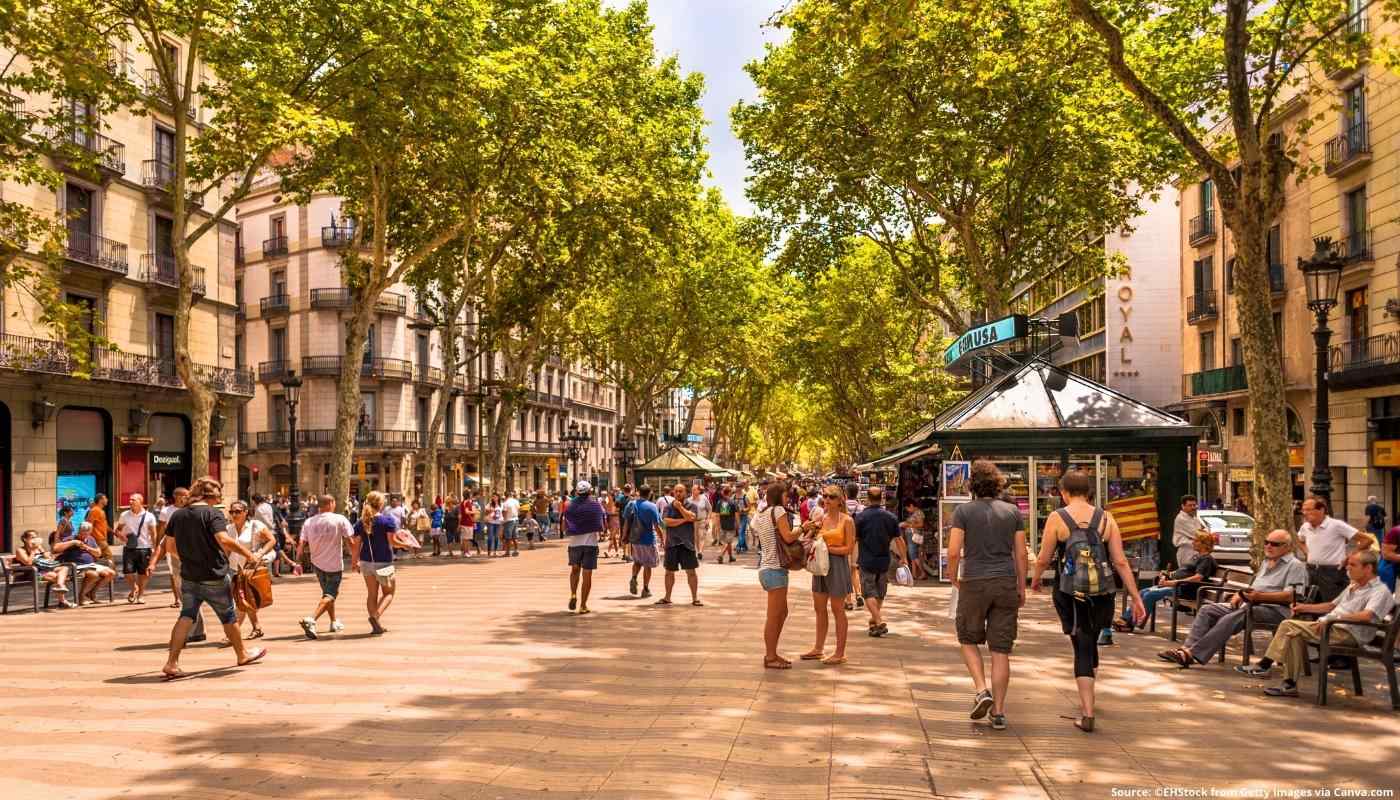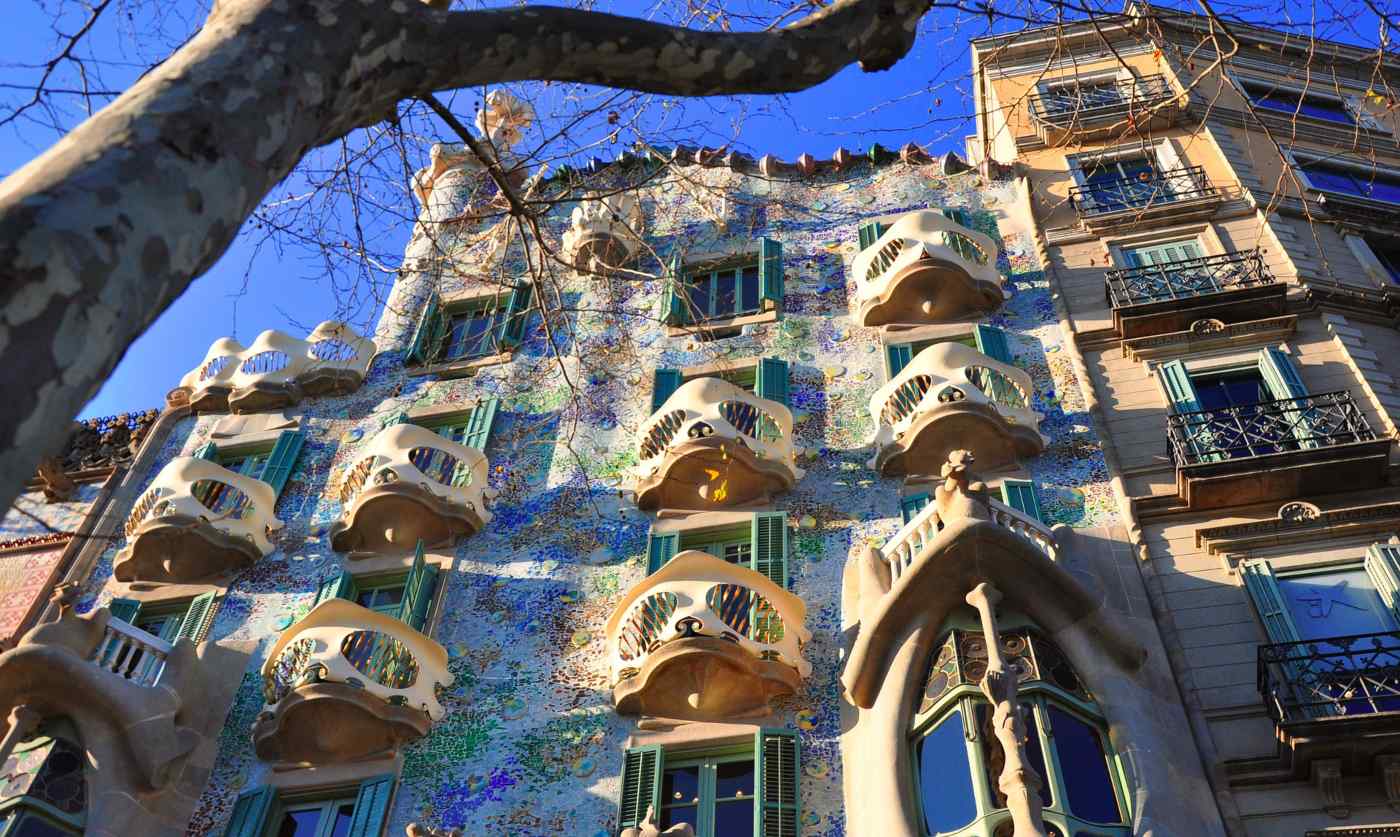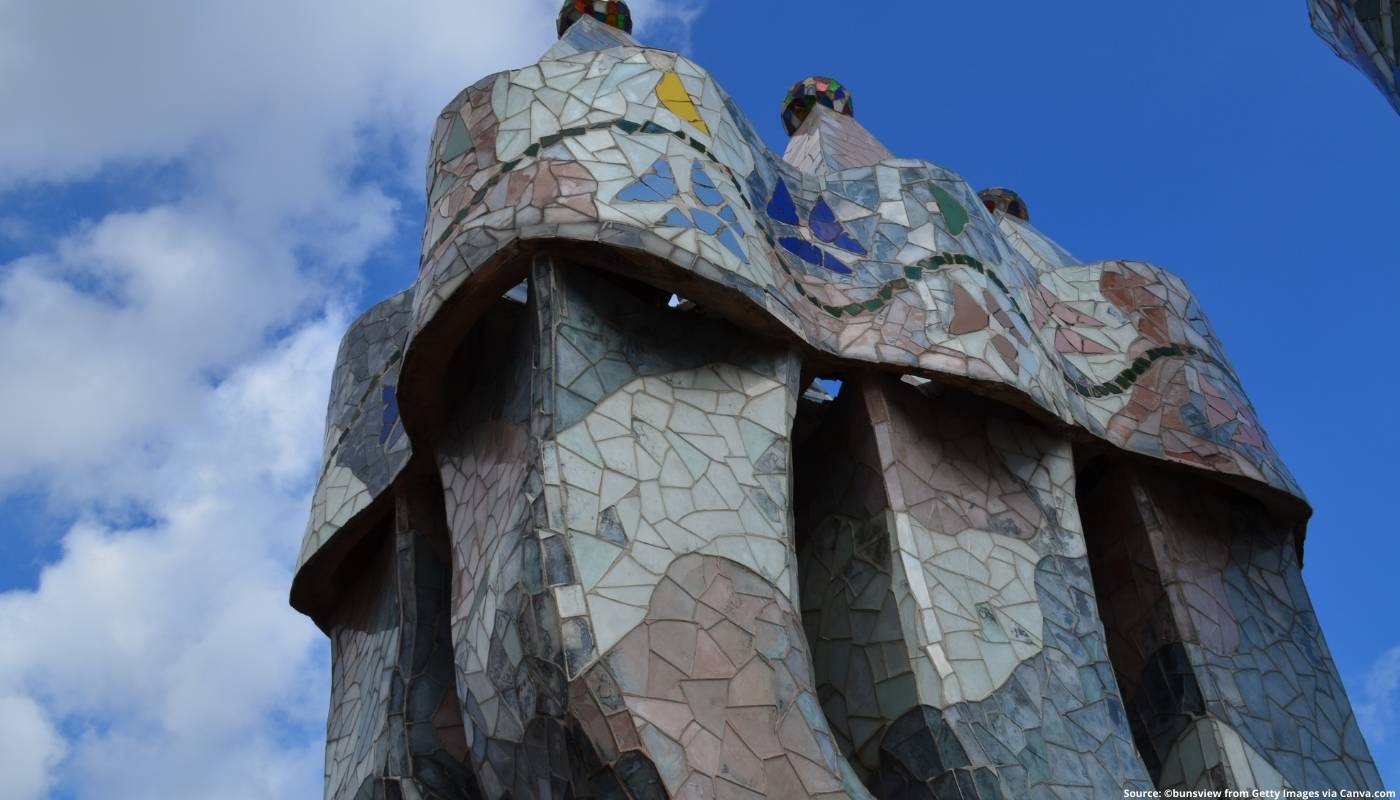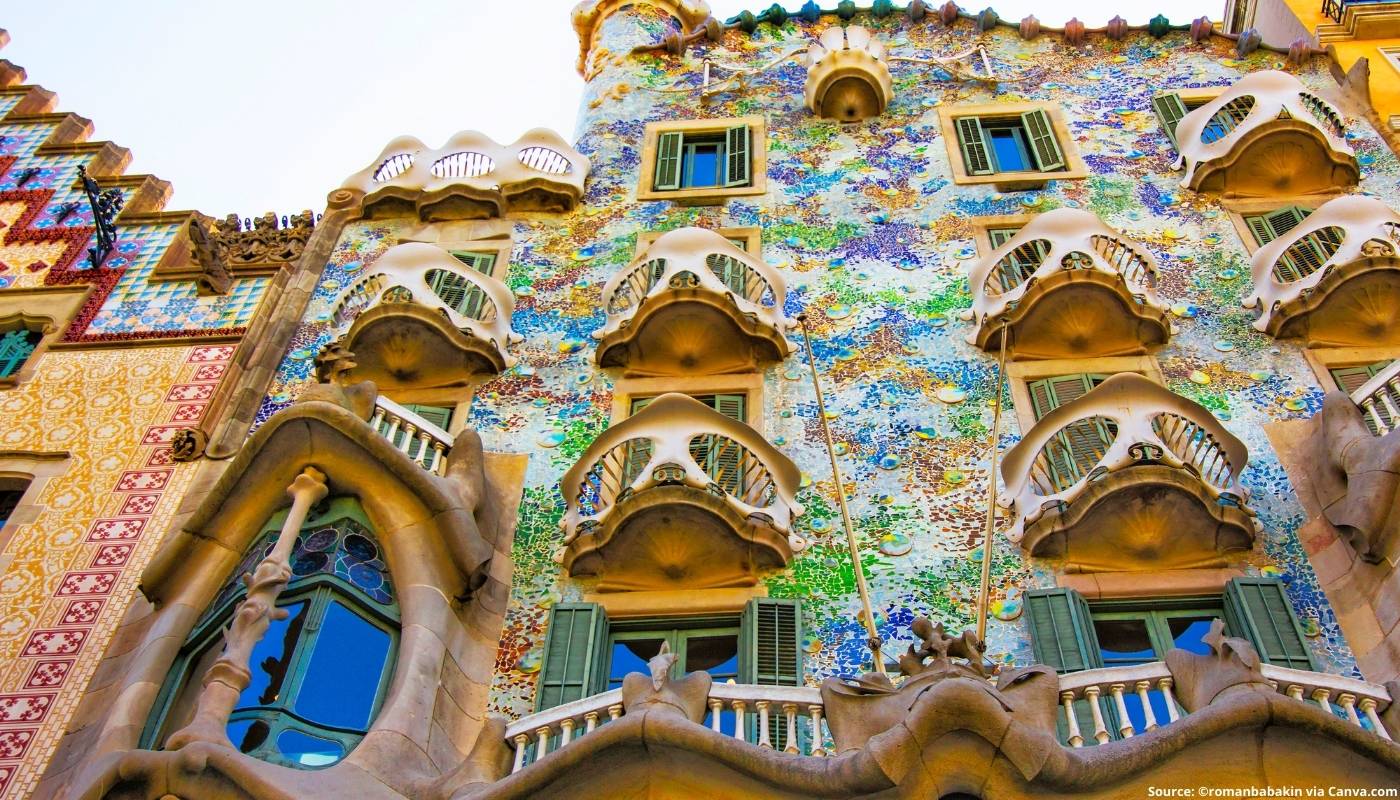La Ramblas
Share this attraction
Back
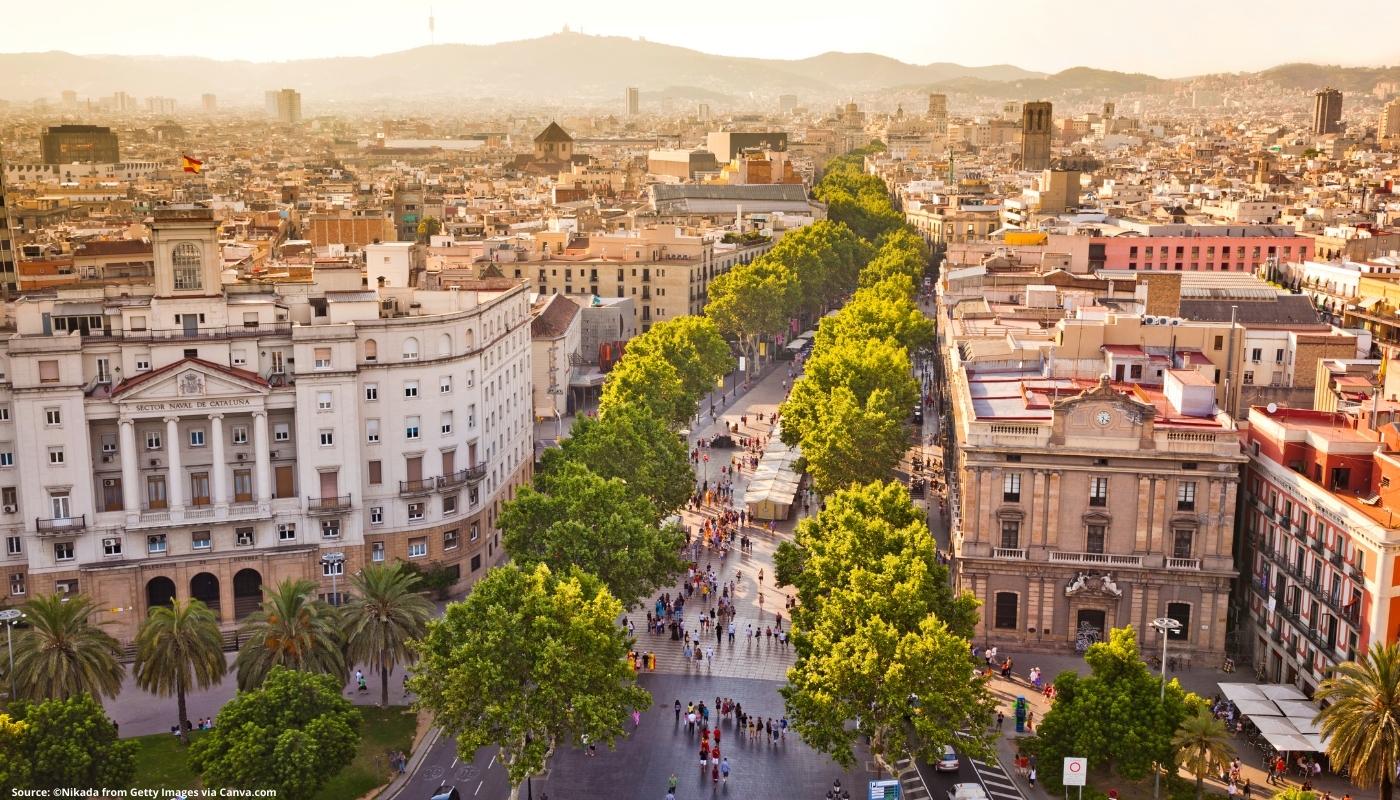
La Ramblas
Barcelona
La Ramblas - the most important information
Barcelona's main experience must be a walk through La Ramblas, surrounded by other excited tourists and locals. It is a pedestrian street that connects Plaça de Catalunia and the monument to Christopher Columbus in the port of Port Vel. Let's take a short virtual walk along this enchanting street before heading into it.
About La Ramblas
In 1377, Barcelona decided to expand its walls, and La Ramblas was one of the additional parts. Since it was initially a stream filled with sewage, the first line of business was diverting the remaining water. Not long after, La Ramblas became the central focus of urban culture, welcoming exciting festivals, various markets and sporting events. Now cult, the first trees of the tree line were planted in 1703. The most intriguing little things that make this street even more attractive are:
About La Ramblas
In 1377, Barcelona decided to expand its walls, and La Ramblas was one of the additional parts. Since it was initially a stream filled with sewage, the first line of business was diverting the remaining water. Not long after, La Ramblas became the central focus of urban culture, welcoming exciting festivals, various markets and sporting events. Now cult, the first trees of the tree line were planted in 1703. The most intriguing little things that make this street even more attractive are:
- La Ramblas is crowded, and we think, all year round. This street is also a meeting place for FC Barcelona fans who take the victory celebration quite seriously.
- As part of its origin, the sidewalk is designed to look like wavy water.
- Art is at the heart of La Ramblas in every way. It was a popular meeting place for poets, novelists, painters, philosophers and other 19th-century intellectuals who gathered, usually in the Cafe de l Opera, to discuss and debate.
- Beware of pickpockets, they are more and more skilled. The big piles of La Ramblas are their bread and butter, and their creative methods will leave you unaware until it's too late.
- It is a good idea to start exploring Barcelona in La Ramblas, not only because it is an authentic introduction to the culture of Catalonia, but also because it connects the Gothic Quarter of Barcelona and the El Raval district that you must see.
What to see and do in La Rambla?
In its 1.2 km, La Ramblas hides many wonders, from beautiful florists and architecture to the best fresh produce. It consists of 5 streets, Rambla de Canalets, Rambla dels Estudis, Rambla de Sant Josep, Rambla del Caputkins and Rambla del Mar, each of which is unique and hides an attraction or cultural monument for which it is famous. We can't mention everything, so here are some of the most interesting things you should see when you visit La Ramblas:
In its 1.2 km, La Ramblas hides many wonders, from beautiful florists and architecture to the best fresh produce. It consists of 5 streets, Rambla de Canalets, Rambla dels Estudis, Rambla de Sant Josep, Rambla del Caputkins and Rambla del Mar, each of which is unique and hides an attraction or cultural monument for which it is famous. We can't mention everything, so here are some of the most interesting things you should see when you visit La Ramblas:
- Font de Canaletes: A favorite fountain with a lamp located in the upper part of La Ramblas serves as a meeting place. Don't forget to drink from it if you want to return to Barcelona. It is safe to drink water, we checked.
- Joan Miró's mosaic: At the heart of La Ramblas is a mosaic by Joan Miró, an artist of the era of abstract surrealism.
- Cultural places: It is no wonder that many of Barcelona's most prominent cultural institutions are located in this part of the city. The Museum of Contemporary Art Center d’Art Santa Monica, Barcelona’s oldest theater, the Teatre Principal, and the Gran Teatre del Liceu are some of them worth checking out.
- Mercat de Sant Josep de la Boqueria: Also known as La Boqueria, is a gourmet paradise. Fresh vegetables and fruits, sweets of all kinds, honey, cheeses, the most expensive ham in the world, seafood… we can continue if you want.
- Kiosks: Small street shops selling flowers, souvenirs, food, newspapers, maps of Barcelona and travel guides, football jerseys and more.
How to get to La Ramblas?
La Ramblas is located in central Barcelona and is surrounded by bus, train and metro stations. Barcelona's famous Barry Gothic district is on the east, while El Raval is on its western border.
La Ramblas is located in central Barcelona and is surrounded by bus, train and metro stations. Barcelona's famous Barry Gothic district is on the east, while El Raval is on its western border.
- Metro: the nearest metro stations are Liceu on line L3, Jaume I on line L4 and Paral·Lel; On line L2.
- By train: Go R1, R3, R4, R7 or RG1 to Catalonia station.
- By bus: The closest stations to La Ramblas are Pl. Portal De La Pau - Tiana (Edith Llaurador) on line N9, Pla de Palau / Av. Tibidabo on line V13, Poblenou / Pl. Reina Maria Cristina on line 59, or Ciutat Vella on line 120.
Location
Learn more about this destination
Discover the beauty of the destination through blogs that highlight the most famous landmarks, hidden gems, and provide travel tips for visiting this destination. Embark on an adventure through the stories of experienced travelers.



